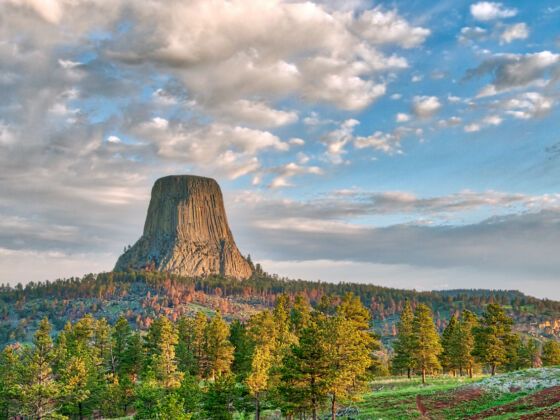Wyoming is peppered with quaint, old-fashioned Main Street towns
The word “peppered” is a tad generous, considering the old Wyomingite adage that “There are seven people in the state, and four of them are passing through.” As of 2014, the state housed 584,153 people—significantly fewer than the number of people residing in, say, Oklahoma City.
Being as it’s the tenth largest state in the country yet the least populous, its city centers are not quaint and old-fashioned so much as they are decaying or nonexistent. Wyoming’s smallest town, appropriately named Lost Springs, has an area of 57 square miles…and a population of four. In its fifth-largest city, Rock Springs, neglected buildings from bygone eras rot and crumble on the sides of principal streets.
A statewide tour to Wyoming’s meager population centers will reveal that the comely thoroughfares of touristy places like Sheridan and Cody are the exception, not the norm. Yet there is intrigue and a bit of mystery, if not charm, in the decaying, faded skeleton of a forgotten mercantile.
